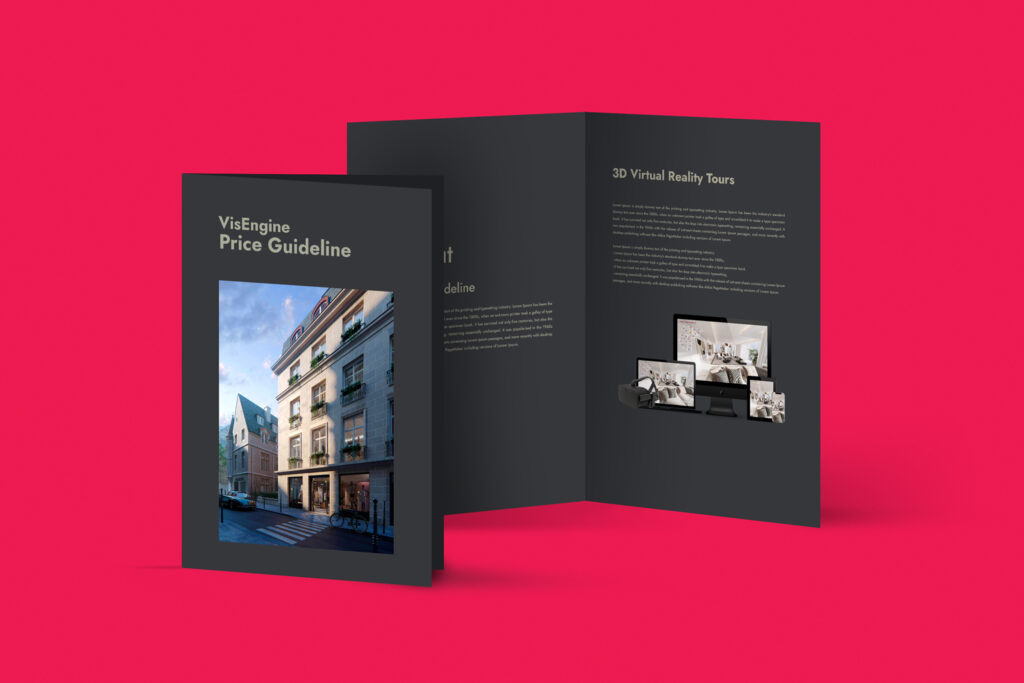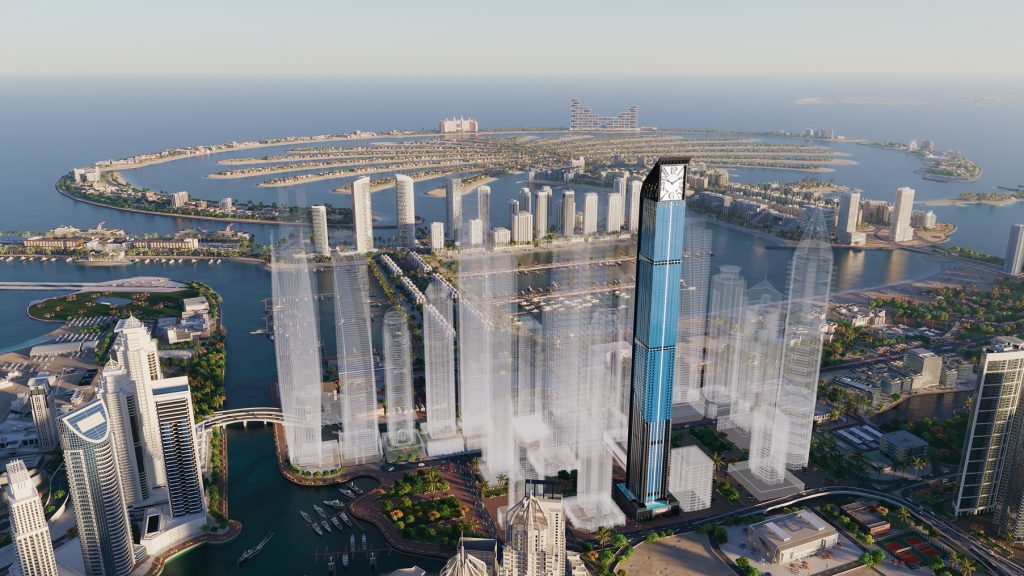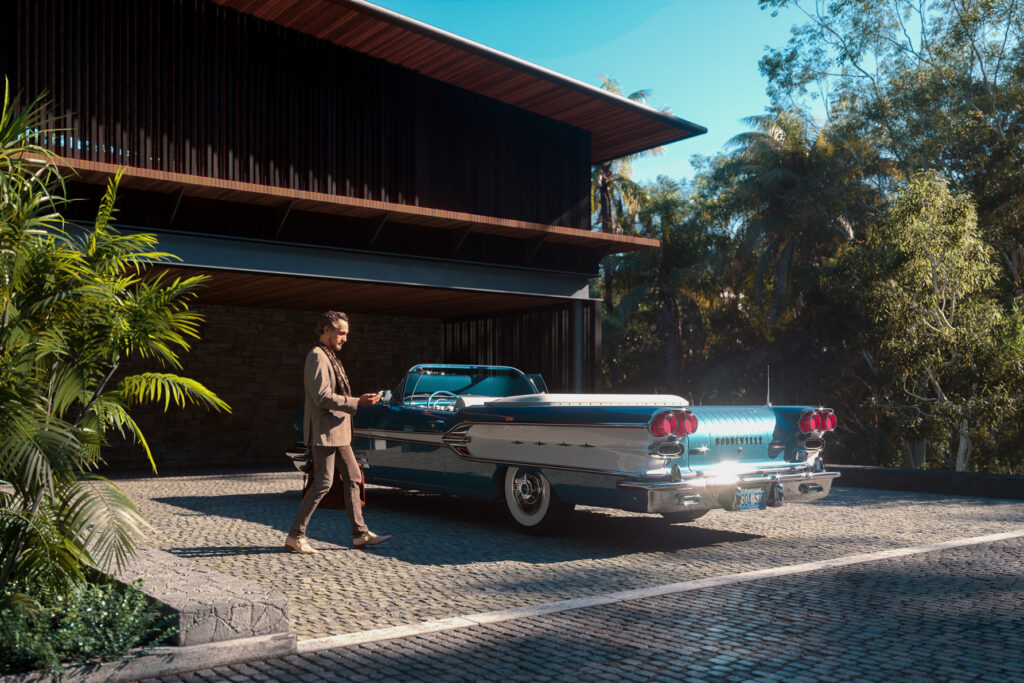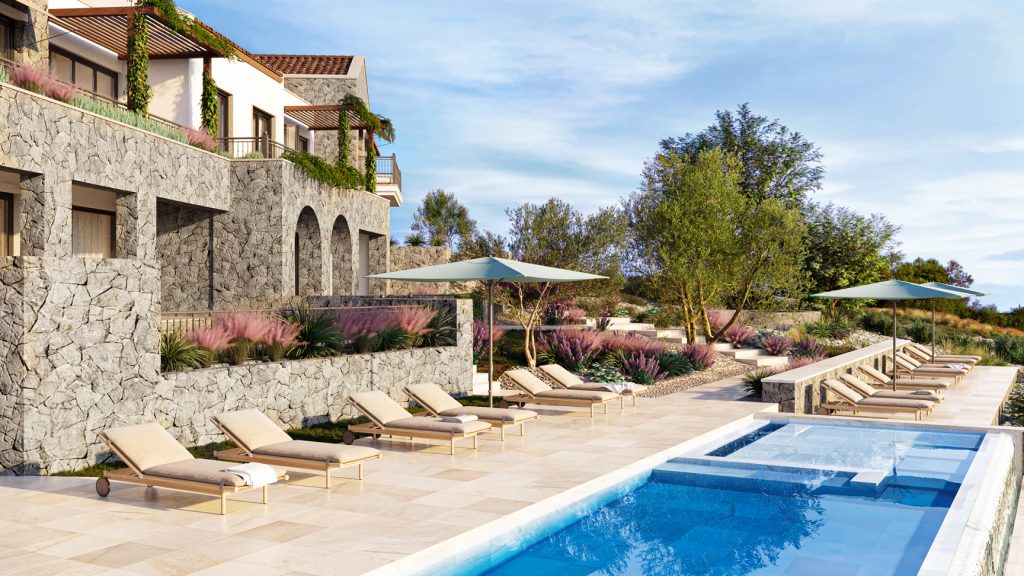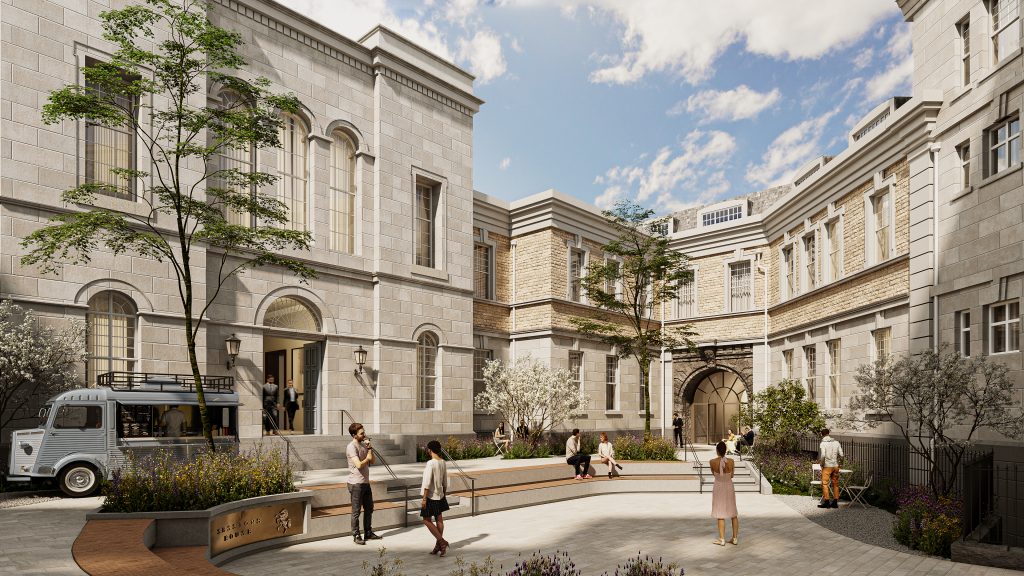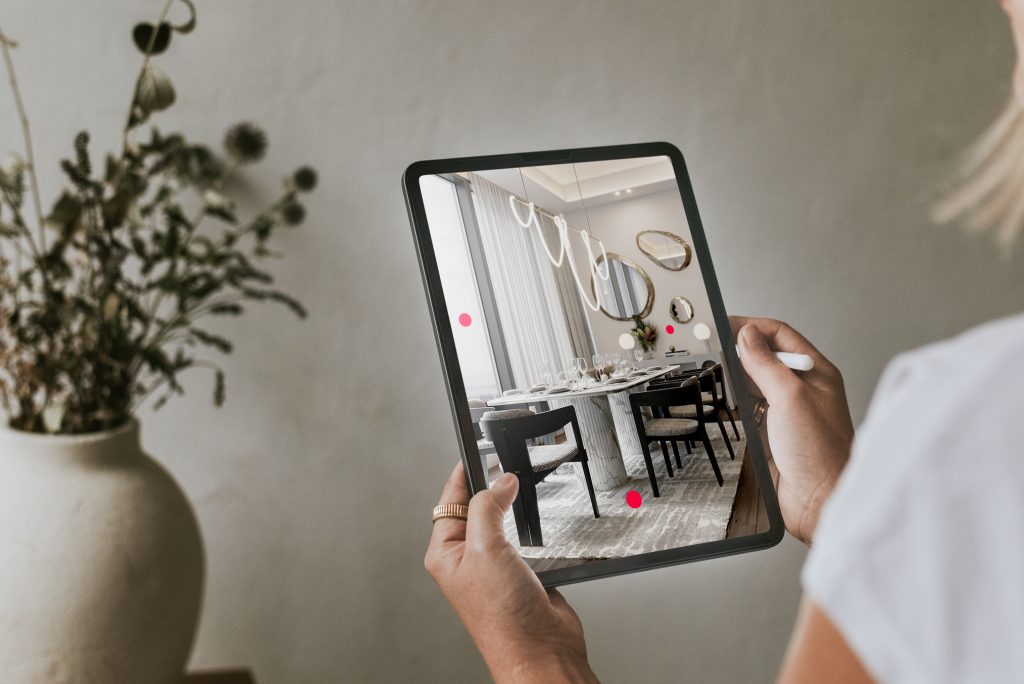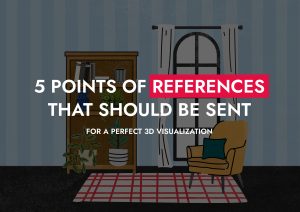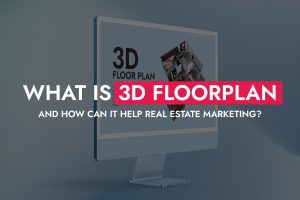In the process of visualization, various rendering techniques and types of renderings are employed. From photorealistic rendering to plain renderings, architectural visualization companies utilize 3D models and 3D rendering techniques to create astonishing images. They play with layers of colors, dramatic backgrounds, and beautiful lighting to achieve correct backgrounds and levels of lighting in their 3D visualizations, catering to each type of project and the natural element present. Technology enables them to bring forth renderings that not only depict the structure but also evoke emotions, making the viewer connect with the envisioned space on multiple levels.
The Most Popular Architectural Visualization Styles

Authentic photo-realistic style
This style aims to create renderings that are indistinguishable from photographs. Careful control of contrast, saturation, and lighting creates realistic colors and shadows that perfectly match the background environment. Textures are complex and detailed, and post-processing is refined to achieve the perfect photo. This style can be time-consuming but creates incredibly realistic renderings that make the building look like it already exists.
Surreal semi-realistic style
This style combines realistic architectural elements with fantastic surroundings. Proper use of lighting and shadows creates a dreamlike atmosphere. This style is especially effective for panoramic views and allows you to use visual effects to evoke certain moods.
Picturesque sketching and watercolor method
This watercolor method combines traditional sketching with digital tools. Pencil strokes are used to create the structure of a building, while color blending and digital brushes mimic the effects of watercolor. By carefully controlling the combination of color, texture, and lighting, artists can turn simple renderings into breathtaking works of art.
Real-world styles
Imagine a photo of a building on a bustling city street. Maybe there is a chipped brick here, a faded sign there – these imperfections add a touch of realism. These rendering styles are the essence of the real-world style. It captures the essence of design while recognizing the natural wear and tear that comes with being in the real world. It is ideal for depicting buildings that need to blend seamlessly into the existing environment.
Utopian design
Imagine a shining skyscraper reaching for the bright backgrounds. The landscaping is meticulously maintained, and every detail is flawless. It reflects an ideal world where architecture embodies an idealized vision. This style is often used to showcase the full potential of design without the constraints of the real world.
Dreamy style
Think of a magical house that is set among bright flowers, bathed in the warm glow of the sunset. It evokes a sense of happiness and tranquility by using elements that evoke positive emotions. This style is ideal for showcasing residential or hospitality projects.
Nature-oriented renderings
Imagine a building that seems to be woven from the forest itself, with vines creeping along its walls and trees growing through its structure. This is a nature-oriented style. It blurs the boundaries between the architectural environment and the natural world, creating a sense of harmony and symbiosis. This style can be used for environmentally friendly projects or to showcase buildings designed to integrate seamlessly with nature.
Luminous design
Enter the spacious, airy interior flooded with natural light. It emphasizes a feeling of openness and brightness, often using light colors and strategic lighting to create a sense of space. This style is particularly effective for showcasing luxury apartments, interiors, or other large interior spaces.
Mad Max or flashback images
Imagine a lone skyscraper bathed in bright spotlights while the rest of the cityscape is shrouded in darkness. This creates a sense of dramatic backgrounds, emphasizing the building as a central element. This style is often used for urban design projects or to showcase buildings with a bold and futuristic aesthetic.
Halloween design
Imagine a dilapidated mansion shrouded in fog, with an ominous storm looming in the background. Architectural visualization techniques use dark colors, dramatic lighting, and disturbing objects to create a sense of mystery or suspense. This style can be used to showcase buildings with a gothic or horror theme or to set a certain mood for a project.
Collage
Imagine a whimsical scene where a historic building shares the frame with a spaceship and a cartoon character. Аrchitectural visualization styles are collage styles. He throws away all the rules, using unexpected combinations of elements to create a visually striking image that is memorable. This style is ideal for showcasing buildings with a playful or artistic vibe, or for projects that require a unique and eye-catching approach.
The advantages of realistic architectural visualizations
Realistic architectural rendering has become an indispensable tool for architects, developers, and interior designers. They allow you to present the project even before its physical construction. But what exactly are their advantages?
- Increased visibility and immersion: Realistic renderings allow clients and investors to truly experience the future building. They can assess the scale of the project, the interaction of space with lighting, and visualize materials and finishes.
- Effective communication of the idea: With the help of realistic images, you can convey the architectural concept, space planning, and general aesthetics of the project. This minimizes misunderstandings between the architect and the client in the early stages.
- Saving time and money: Realistic visualizations allow you to make changes to the project at the virtual stage, which is much cheaper than reworking already erected walls. It also helps avoid construction delays.
- Versatility in marketing and presentations: Realistic visualizations are a powerful marketing tool. They help attract investments, present the project to potential buyers, and create an impressive portfolio.
- Accuracy of lighting and shades: Modern technologies allow you to visualize the project taking into account real lighting and its effect on materials. This allows you to assess how the building will look at different times of the day and under different weather conditions.
How to find the ideal style for architectural visualization?
Choosing architectural visualization styles is an important stage in the presentation of an architectural project. After all, it is the style that affects how the design will be perceived. Here are some tips to help you decide:
- Project goal: First of all, determine what visualizations are needed. Is it to attract investment, to market ready-made housing, or to agree on details with the client? Different goals require different approaches.
- Target audience: Who will see these visualizations? Investors will appreciate realism and functionality, and potential apartment buyers will pay attention to aesthetics and atmosphere.
- The style of the project itself: New architectural visualization techniques must be in harmony with the architectural design. For a modern minimalist house, a realistic style is suitable, while for a fairy-tale kindergarten, you can choose a picturesque sketch style.
Don’t be afraid to experiment and discuss options with visualizers. They will help you choose a style that will best emphasize your architectural design.
Tips to choose a 3D rendering company
It is important to approach this process carefully to obtain optimal results. Check out the architectural visualization company portfolio, customer reviews, and industry reputation to gauge their experience and reliability. Also, consider the specific requirements of your project and make sure the company has experience with similar architectural visualization styles.
When choosing a 3D rendering company, be clear about your project goals, timelines, and budget constraints. Establishing clear lines of communication from the outset can help prevent misunderstandings and ensure consistency throughout the project lifecycle.
Get in Touch
Drop us a line or give us a ring. We love to hear from you!
